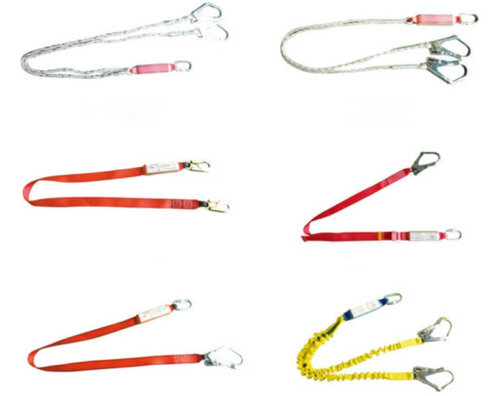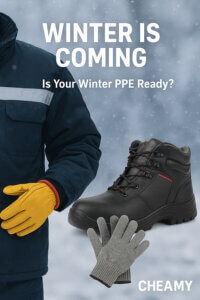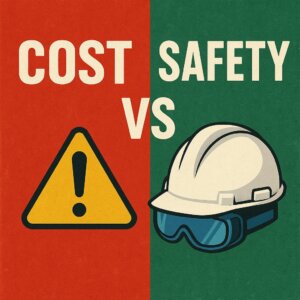As workplace safety regulations evolve, selecting compliant fall protection equipment becomes critical for mitigating risks in high-altitude operations. This guide dives into EN 355, the European standard governing energy absorbers, and provides actionable insights for choosing certified devices that align with safety and legal requirements.
What Is the EN 355 Standard?
EN 355:2002 is a mandatory European standard specifying requirements for energy absorbers used in personal fall protection systems. These devices are integrated into lanyards, anchor lines, or harnesses to reduce impact forces during a fall, ensuring forces remain below the 6 kN safety threshold for human tolerance .
Energy absorbers work by deploying or deforming to dissipate kinetic energy, thereby minimizing injury risks like spinal fractures or internal organ damage. Compliance with EN 355 ensures compatibility with broader fall arrest systems under EN 363 and EN 361 standards .
Key Testing Requirements Under EN 355
1. Dynamic Performance Testing
- Test method: A 100 kg mass is dropped from twice the lanyard length (e.g., 4 meters for a 2-meter lanyard).
- Criteria: The absorber must limit deployment to ≤1.75 meters and arrest force to ≤6 kN .
- Purpose: Simulates real-world falls to verify safe deceleration .
2. Static Strength Testing
- Test method: Apply 15 kN static load for 3 minutes.
- Criteria: No structural failure or deformation allowed, ensuring reliability under extreme stress .
3. Corrosion Resistance Testing
- Test method: Expose metal components to 24–48 hours of salt spray.
- Criteria: No functional degradation or excessive rust, critical for maritime or industrial environments .
4. Durability Testing
- Test method: Repeat 1,000 deployment cycles for retractable absorbers.
- Criteria: Maintain performance post-cycling, validating longevity .
5. Material and Activation Requirements
- Materials: Must use high-strength webbing, steel cables, or alloys resistant to wear and environmental damage .
- Activation time: Deploy within 2 milliseconds of fall initiation to prevent force spikes .
How to Choose EN 355-Compliant Energy Absorbers
1. Verify Certification Markings
- Look for CE marking with a four-digit notified body number (e.g., 0123), indicating compliance with PPE Regulation (EU) 2016/425 for Category III equipment (high-risk PPE) .
- Ensure labels include EN 355:2002, manufacturer details, and maximum deployment length .
2. Match Absorber Type to Application
- Rigid anchor systems (e.g., vertical ladders): Use EN 353-1-certified guided-type fall arresters .
- Flexible systems (e.g., wire ropes): Opt for EN 353-2-compliant devices with corrosion-resistant anchors (≥8 mm diameter) .
- Retractable lanyards: Pair with EN 360-certified inertia reels for mobility .
3. Prioritize Critical Features
- Deployment length: Choose absorbers with ≤1.75 m deployment to accommodate workspace height constraints .
- Weight and ergonomics: Lightweight aluminum or nylon models reduce worker fatigue during prolonged use.
- Environmental adaptability: For offshore or chemical environments, select stainless steel or galvanized components .
4. Integrate Complementary Safety Components
- Combine with EN 361-certified full-body harnesses and EN 362 connectors for a complete EN 363 fall arrest system .
- Consider dual-leg lanyards with energy absorbers for redundancy in high-risk tasks.
Common Pitfalls to Avoid
- Ignoring Multi-Standard Compliance: EN 355 covers energy absorbers, but full systems must also meet EN 353-1/2, EN 360, and EN 363 .
- Overlooking Maintenance Requirements: Regularly inspect absorbers for wear, corrosion, or accidental deployment, as mandated by EN 365 .
- Using Non-Certified Replacements: Substandard absorbers may fail to limit forces, risking catastrophic failure .
Conclusion
EN 355:2002 is the cornerstone of fall protection safety, ensuring energy absorbers mitigate life-threatening risks. By prioritizing certified products, verifying multi-standard compliance, and tailoring choices to operational needs, businesses can safeguard workers while adhering to EU regulations.
For more information, please feel free to reach out.








